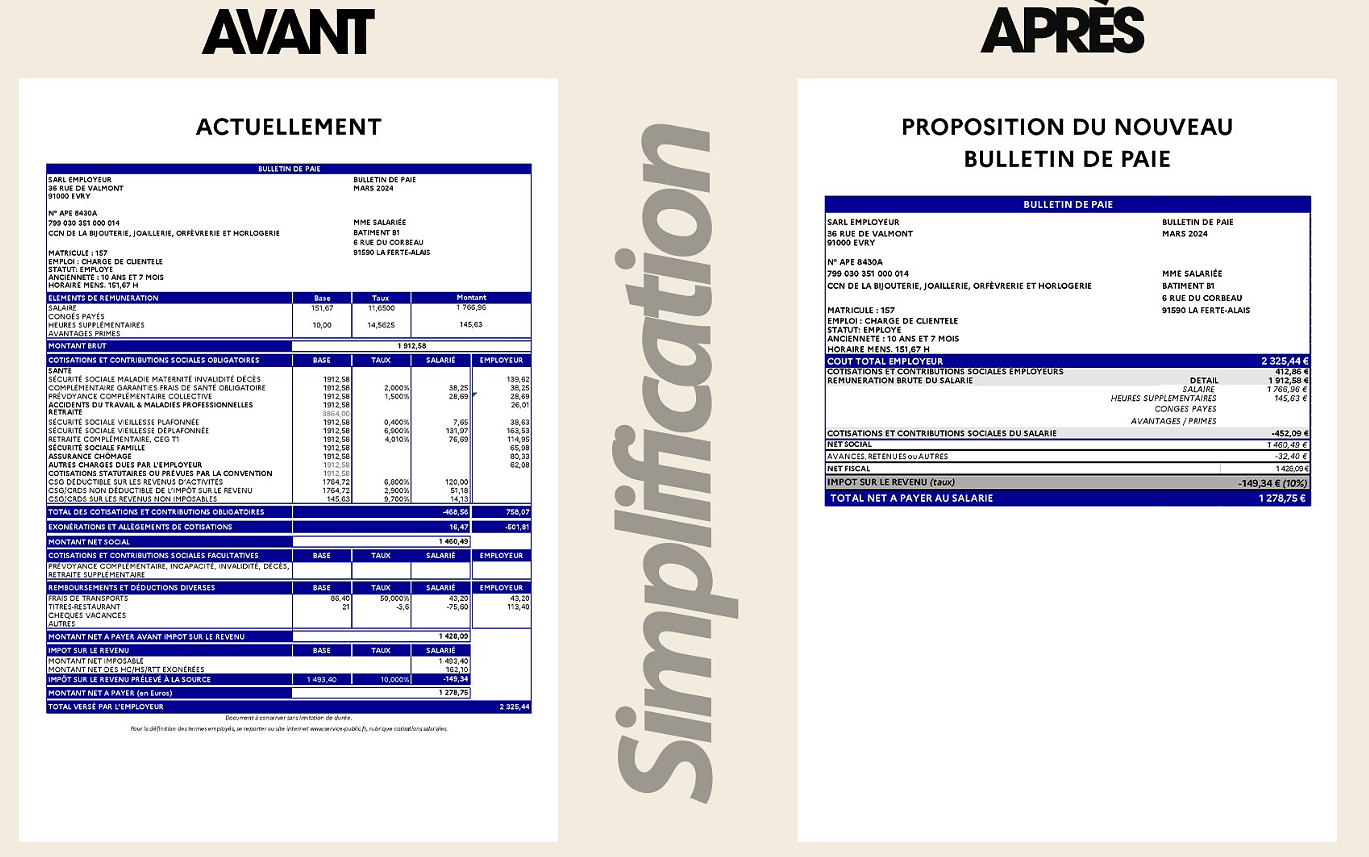Germany's fashion industry is shrinking. In 2022, the number of domestic manufacturers with at least 50 employees fell by a good ten percent to just 82, according to the German Fashion industry association, with reference to current data from the Federal Statistical Office. But that seems just the beginning.
“In 2023, the negative consequences of the current crises will be felt even more,” fears Thomas Lange, the managing director of German Fashion. He expects bankruptcies, but above all operational closures because the business is no longer worthwhile for the company.
The background is less the first Corona years. Fashion retailers and manufacturers survived them comparatively well thanks to government aid programs. In the meantime, however, demand is falling as a result of high inflation, while at the same time the costs of energy, raw materials, wages and logistics are rising much faster than manufacturers can pass on to the market.
In any case, in 2022 the prices for clothing in retail have risen by an average of only 3.7 percent, according to the industry. However, producers had to pay almost 30 percent more for cotton, almost 24 percent more for man-made fibers and for gas, for example, many times the previous prices.
In the case of the so-called commercial credit insurers such as Atradius or Allianz Trade, which cover the risk of default on outstanding invoices in corporate customer business, the focus is on the fashion sector.
“An early indicator of problems is non-payment reports. And their number and amount has increased significantly since mid-2022, ”describes Michael Karrenberg, who is responsible for credit assessment at Atradius in Germany, to WELT. "We therefore look at companies from this area much more frequently than usual."
Atradius industry analyst Jens Stobbe also expects bankruptcies and closures. Above all, the medium-price segment, in which the majority of German manufacturers are located, has problems with an increasing reluctance to buy and at the same time increased costs. "The mixed situation is difficult and dangerous for the company," says Stobbe. He therefore expects significant traces in the numbers.
The insolvencies of important fashion retailers such as Galeria Karstadt Kaufhof or Peek show how tense the situation is now
"And in view of the expected reductions in space, increasing sales in Germany is becoming more and more challenging." According to an association survey, the assessment of the current situation has deteriorated, as have future expectations.
2022 describes Seidensticker, whose main job is managing partner of the shirt manufacturer of the same name from East Westphalia, but still satisfactory. Sales by domestic manufacturers increased by almost 20 percent to around 6.2 billion euros compared to the previous year, which was characterized by lockdowns. “However, due to increased costs along the entire supply chain, there have been few real gains.”
In addition, the numbers are still below those of the pre-Corona year 2019, adjusted for inflation by as much as seven percent. "The situation remains tense," judges Seidensticker, who also does not dare to make any specific forecasts for the current year.
In any case, he doesn't see much catch-up potential for German suppliers, who mainly deliver to neighboring German countries across the border, but also to Russia, albeit noticeably less than before the Ukraine war.
In Germany itself, clothing and textiles worth a total of 67.3 billion euros were sold in 2022, according to the Textile, Shoes, Leather Goods Trade Association (BTE). Around 30 billion euros, including their own e-commerce activities, were attributable to the specialist clothing trade with fashion houses, boutiques and textile chains.
The pure online and mail order trade came to a good 19 billion euros in the fashion sector, with "other" trade formats such as supermarkets and discounters or department stores, textile sales totaled around twelve billion euros and in the specialist trade with home and household textiles it was around six billion Euro. The specialist trade is still below the level of 2019, the online trade far above. Amazon, Zalando and Co. have recently weakened and launched austerity programs.
And there doesn't seem to be any improvement in sight, especially for stationary shops. "Fashion retail is currently struggling with numerous challenges across the board," says Aurélien Duthoit, industry expert at Allianz Trade. The risk of insolvency in the textile retail trade will therefore remain high in the coming years in view of reluctance to buy, price increases and growing pressure on gross margins.
“The camps are bursting at the seams almost everywhere. However, retailers can only sell the excess goods at large discounts.” The risk is particularly great for companies that only rely on one mainstay – whether stationary or online.
The most important production country for clothing sold in Germany in 2022 was China, which has pushed Bangladesh back into second place. They are followed by Turkey, Vietnam and India ahead of Pakistan, Italy and Cambodia.
"Everything on shares" is the daily stock exchange shot from the WELT business editorial team. Every morning from 7 a.m. with our financial journalists. For stock market experts and beginners. Subscribe to the podcast on Spotify, Apple Podcast, Amazon Music and Deezer. Or directly via RSS feed.

 His body naturally produces alcohol, he is acquitted after a drunk driving conviction
His body naturally produces alcohol, he is acquitted after a drunk driving conviction Who is David Pecker, the first key witness in Donald Trump's trial?
Who is David Pecker, the first key witness in Donald Trump's trial? What does the law on the expulsion of migrants to Rwanda adopted by the British Parliament contain?
What does the law on the expulsion of migrants to Rwanda adopted by the British Parliament contain? The shadow of Chinese espionage hangs over Westminster
The shadow of Chinese espionage hangs over Westminster Colorectal cancer: what to watch out for in those under 50
Colorectal cancer: what to watch out for in those under 50 H5N1 virus: traces detected in pasteurized milk in the United States
H5N1 virus: traces detected in pasteurized milk in the United States What High Blood Pressure Does to Your Body (And Why It Should Be Treated)
What High Blood Pressure Does to Your Body (And Why It Should Be Treated) Vaccination in France has progressed in 2023, rejoices Public Health France
Vaccination in France has progressed in 2023, rejoices Public Health France “I’m interested in knowing where the money that the State takes from me goes”: Bruno Le Maire’s strange pay slip sparks controversy
“I’m interested in knowing where the money that the State takes from me goes”: Bruno Le Maire’s strange pay slip sparks controversy Despite the lifting of the controllers' strike, massive flight cancellations planned for Thursday, April 25
Despite the lifting of the controllers' strike, massive flight cancellations planned for Thursday, April 25 The right deplores a “dismal agreement” on the end of careers at the SNCF
The right deplores a “dismal agreement” on the end of careers at the SNCF The United States pushes TikTok towards the exit
The United States pushes TikTok towards the exit Sky Dome 2123, Challengers, Back to Black... Films to watch or avoid this week
Sky Dome 2123, Challengers, Back to Black... Films to watch or avoid this week The standoff between the organizers of Vieilles Charrues and the elected officials of Carhaix threatens the festival
The standoff between the organizers of Vieilles Charrues and the elected officials of Carhaix threatens the festival Strasbourg inaugurates a year of celebrations and debates as World Book Capital
Strasbourg inaugurates a year of celebrations and debates as World Book Capital Kendji Girac is “out of the woods” after his gunshot wound to the chest
Kendji Girac is “out of the woods” after his gunshot wound to the chest Skoda Kodiaq 2024: a 'beast' plug-in hybrid SUV
Skoda Kodiaq 2024: a 'beast' plug-in hybrid SUV Tesla launches a new Model Y with 600 km of autonomy at a "more accessible price"
Tesla launches a new Model Y with 600 km of autonomy at a "more accessible price" The 10 best-selling cars in March 2024 in Spain: sales fall due to Easter
The 10 best-selling cars in March 2024 in Spain: sales fall due to Easter A private jet company buys more than 100 flying cars
A private jet company buys more than 100 flying cars This is how housing prices have changed in Spain in the last decade
This is how housing prices have changed in Spain in the last decade The home mortgage firm drops 10% in January and interest soars to 3.46%
The home mortgage firm drops 10% in January and interest soars to 3.46% The jewel of the Rocío de Nagüeles urbanization: a dream villa in Marbella
The jewel of the Rocío de Nagüeles urbanization: a dream villa in Marbella Rental prices grow by 7.3% in February: where does it go up and where does it go down?
Rental prices grow by 7.3% in February: where does it go up and where does it go down? Sale of Biogaran: The Republicans write to Emmanuel Macron
Sale of Biogaran: The Republicans write to Emmanuel Macron Europeans: “All those who claim that we don’t need Europe are liars”, criticizes Bayrou
Europeans: “All those who claim that we don’t need Europe are liars”, criticizes Bayrou With the promise of a “real burst of authority”, Gabriel Attal provokes the ire of the opposition
With the promise of a “real burst of authority”, Gabriel Attal provokes the ire of the opposition Europeans: the schedule of debates to follow between now and June 9
Europeans: the schedule of debates to follow between now and June 9 These French cities that will boycott the World Cup in Qatar
These French cities that will boycott the World Cup in Qatar NBA: the Wolves escape against the Suns, Indiana unfolds and the Clippers defeated
NBA: the Wolves escape against the Suns, Indiana unfolds and the Clippers defeated Real Madrid: what position will Mbappé play? The answer is known
Real Madrid: what position will Mbappé play? The answer is known Cycling: Quintana will appear at the Giro
Cycling: Quintana will appear at the Giro Premier League: “The team has given up”, notes Mauricio Pochettino after Arsenal’s card
Premier League: “The team has given up”, notes Mauricio Pochettino after Arsenal’s card


















